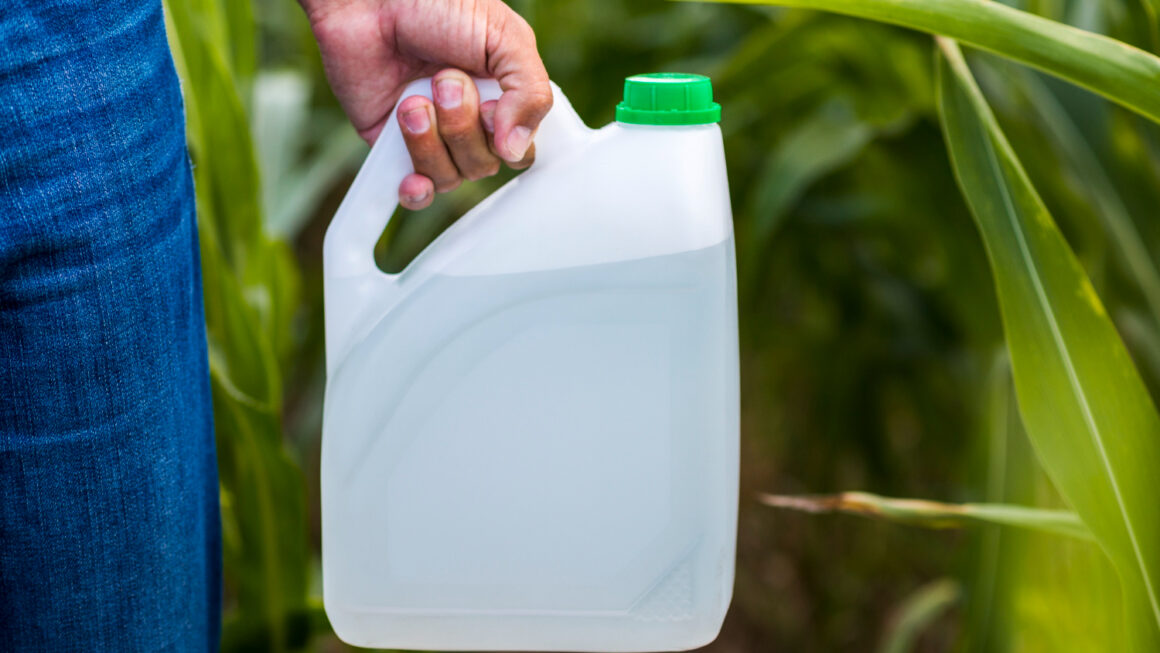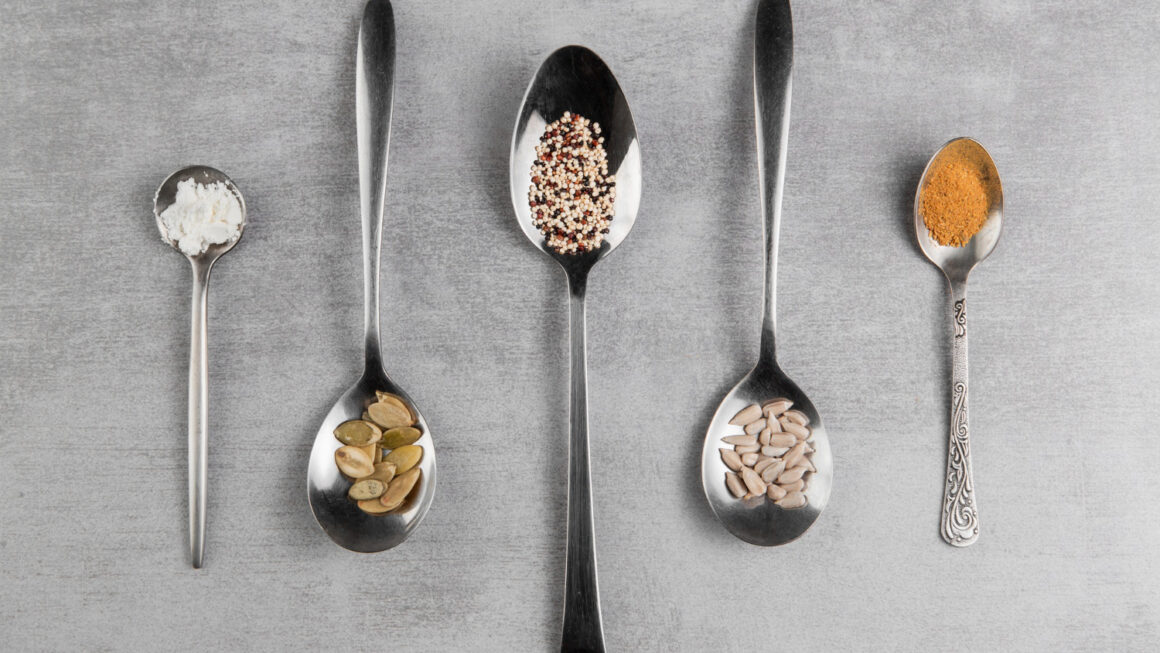Introduction:
Cooking chicken to the proper temperature is essential to ensure its safety and to achieve the desired taste and texture. Consuming undercooked chicken can pose health risks due to potential bacterial contamination while overcooking can result in dry and tough meat. Therefore, it is crucial to know the correct internal temperature at which chicken should be cooked.
The suggested cooking temperatures for various chicken kinds, the variables that affect cooking times, and the most important advice for preparing chicken safely and delectably are all covered in this article.
The Importance of Safe Cooking Temperatures: Like other fowl, chicken has the potential to harbor dangerous pathogens like Salmonella and Campylobacter. If the chicken is not sufficiently cooked, these bacteria can survive and grow, leading to foodborne diseases.
By reaching and maintaining the proper cooking temperature, you can effectively eliminate these bacteria, ensuring that the chicken is safe to consume.
Safe Minimum Internal Temperatures for Chicken:
The United States Department of Agriculture (USDA) and other food safety organizations recommend specific internal temperatures for different types of chicken. These temperatures ensure that the chicken is fully cooked and free from harmful bacteria.
The following are the recommended minimum internal temperatures for various chicken products:
Whole Chicken: The USDA recommends cooking a whole chicken to an internal temperature of 165°F (74°C) throughout the bird. Insert a food thermometer into the thickest part of the thigh without touching the bone to check the temperature.
Chicken Breasts, Thighs, and Wings: Individual chicken parts, such as breasts, thighs, and wings, should also be cooked to an internal temperature of 165°F (74°C). Insert the thermometer into the thickest part of the meat without touching the bone.
Ground Chicken: Ground chicken, like ground poultry in general, should be cooked to an internal temperature of 165°F (74°C). Use a food thermometer to ensure that the entire portion of ground chicken has reached the correct temperature.
Factors Affecting Cooking Times:
Several factors can influence the cooking time required to reach the desired internal temperature:
Thickness: Thicker cuts of chicken will take longer to cook than thinner ones. Adjust the cooking time accordingly, and always check the internal temperature with a thermometer to ensure it reaches the recommended temperature.
Starting Temperature: If the chicken is chilled or partially frozen, it will take longer to cook. Allow frozen chicken to thaw in the refrigerator before cooking to ensure even cooking.
Cooking Method: Different cooking methods, such as grilling, baking, sautéing, or frying, can affect the cooking time and temperature. Always refer to specific cooking instructions for each method and use a thermometer to determine doneness.
Tips for Safe and Delicious Chicken Preparation:
To ensure safe and tasty chicken, follow these additional tips:
Thaw Safely: Thaw frozen chicken in the refrigerator, under cold running water, or in the microwave using the defrost setting. Avoid thawing at room temperature, as it can promote bacterial growth.
Cleanliness: Wash your hands thoroughly before and after handling raw chicken to prevent cross-contamination. Clean cutting boards, utensils, and countertops with hot, soapy water after they come into contact with raw chicken.
Resting Time: Allow cooked chicken to rest for a few minutes before slicing or serving. This helps retain moisture and ensures the juices are evenly distributed.
Visual Inspection: While internal temperature is the most reliable indicator of doneness, you can also perform a visual inspection. The chicken should have no pink or translucent parts, and the juices should run clear.
Conclusion:
Cooking chicken to the correct internal temperature is crucial for both safety and taste. By following the recommended internal temperatures provided by food safety organizations, such as the USDA, you can ensure that chicken is cooked thoroughly and safe to eat. The internal temperature of a whole chicken, chicken breasts, thighs, wings, and ground chicken should all reach 165°F (74°C).
The amount of time needed to cook the chicken to the correct internal temperature might vary depending on the thickness, beginning temperature, and cooking method. Use a food thermometer to accurately monitor the temperature and adjust the cooking time as necessary.
In addition to following the recommended temperatures, there are other tips to ensure safe and delicious chicken preparation. Thaw frozen chicken safely, maintain cleanliness in the kitchen by washing hands and cleaning utensils, allow the cooked chicken to rest before serving, and perform a visual inspection for doneness.
Remember, proper cooking temperatures for chicken are essential to minimize the risk of foodborne illnesses and to enjoy the best flavor and texture.
By following these guidelines, you can confidently cook the chicken to perfection.




